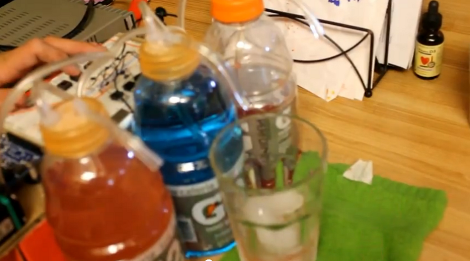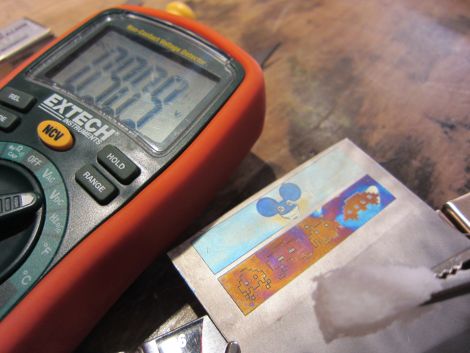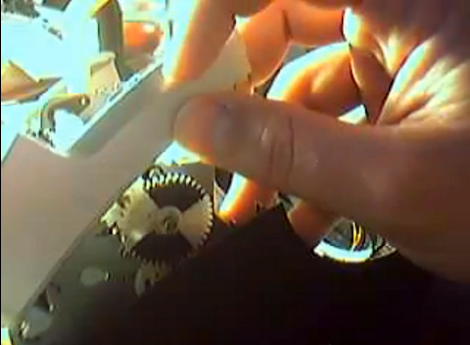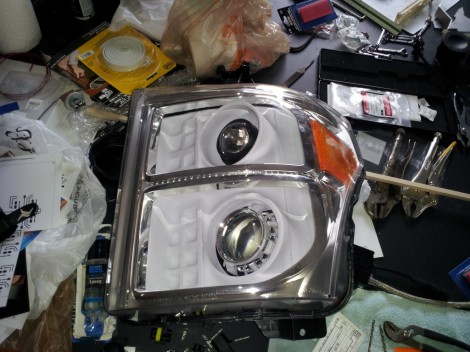
The Eugene Maker Space’s entry in the Red Bull Creation contest dispenses cans in a mysterious fog through an iris opening. But it’s also capable of disposing of the Red Bull cans… and only those cans. If you try to put a different soda in it will violently reject it!
First off we must applaud the Eugene Makers for their prolific documentation of the project. There’s a day or two worth of fun reading/watching on that page so make sure you save the bookmark (and learn from their example!). Inside the mysterious waist-high enclosure there’s a hopper to store the energy-drink reservoir. As a can is dispensed its barcode is scanned to ensure this is an approved beverage. At this point the can is elevated through an iris in the case of the enclosure, al0ng with a theatrically timed puff of fog. The parts of the iris were printed on paper and used to cut out wooden pieces using a scroll saw. The fog blast is from an inverted duster can with a 3d printed nozzle that helps make it Bullduino controlled.
When done with your beverage the can can be placed back in the opening, where it is again scanned before going into the recycling bin. But as you can see in the clip after the break, trying to sneak a soda can into the machine will launch the empty right back at you!
Continue reading “Red Bull Dispenser Includes Smokey Presentation And Rejects Inferior Drinks”
















